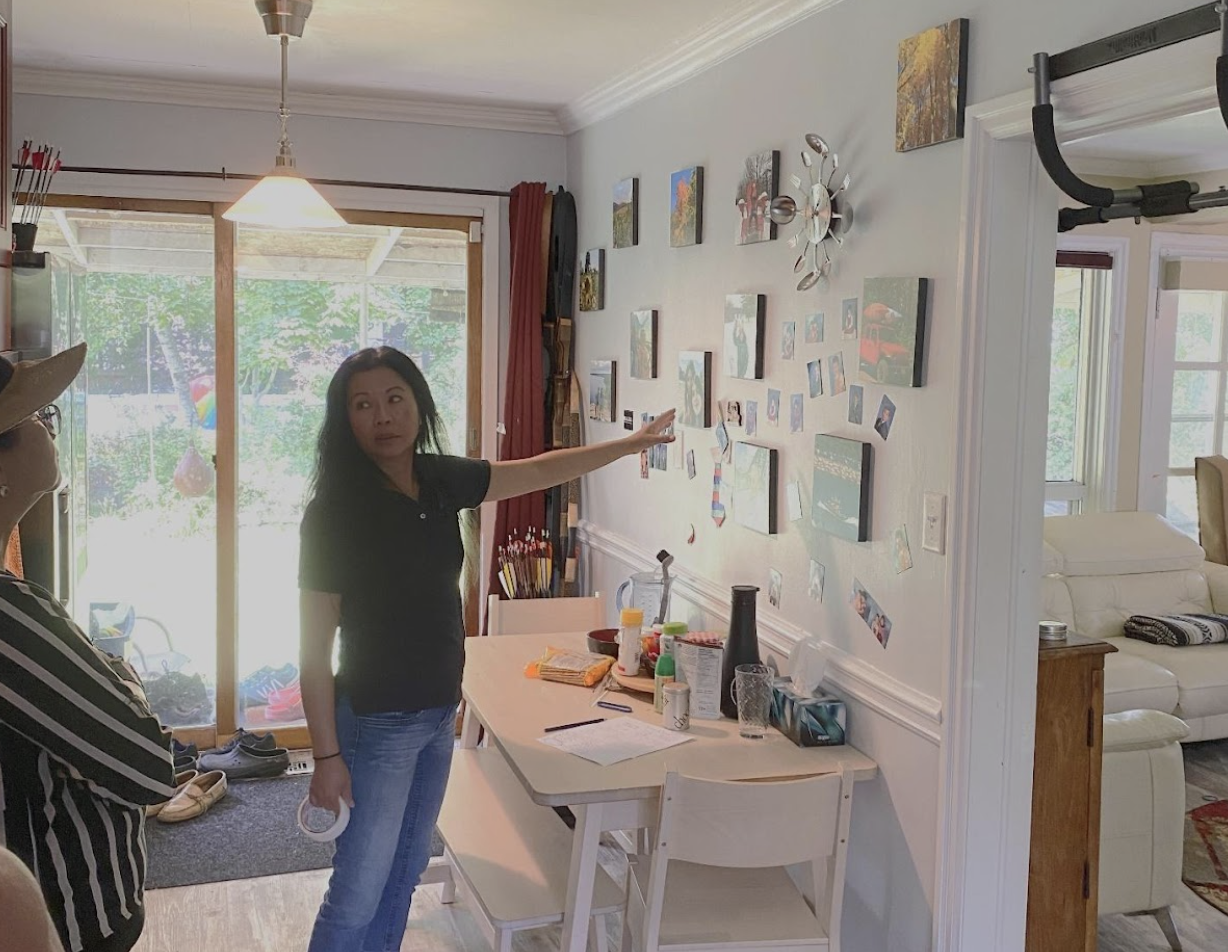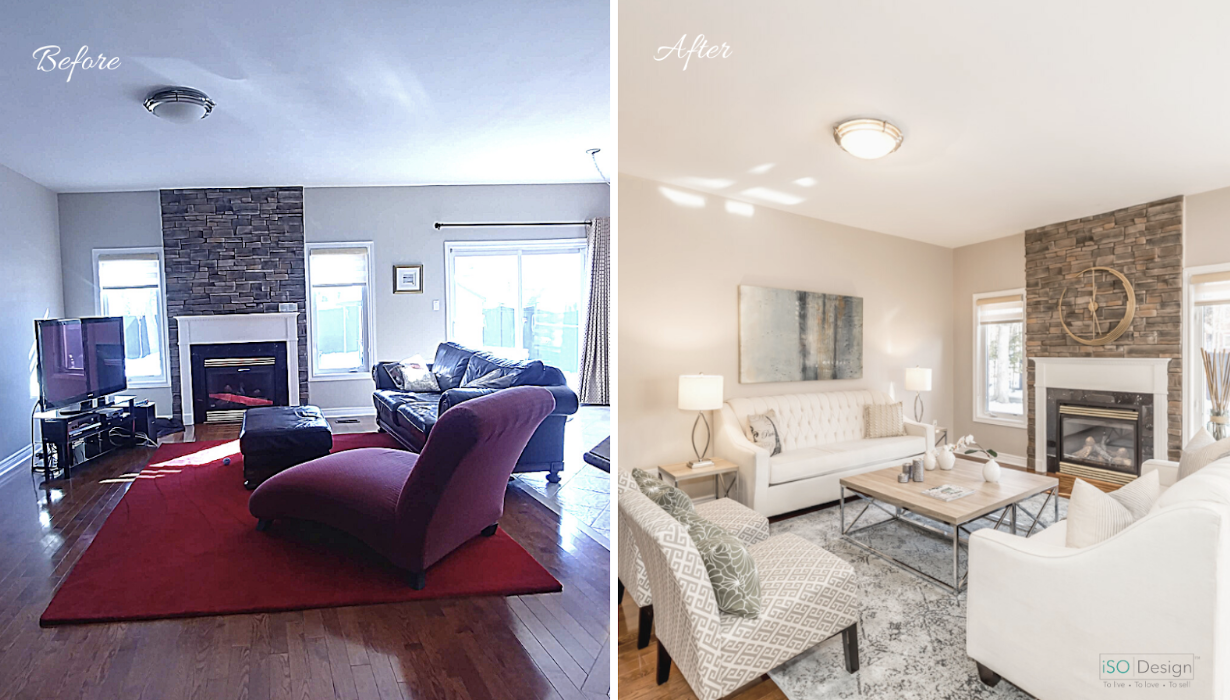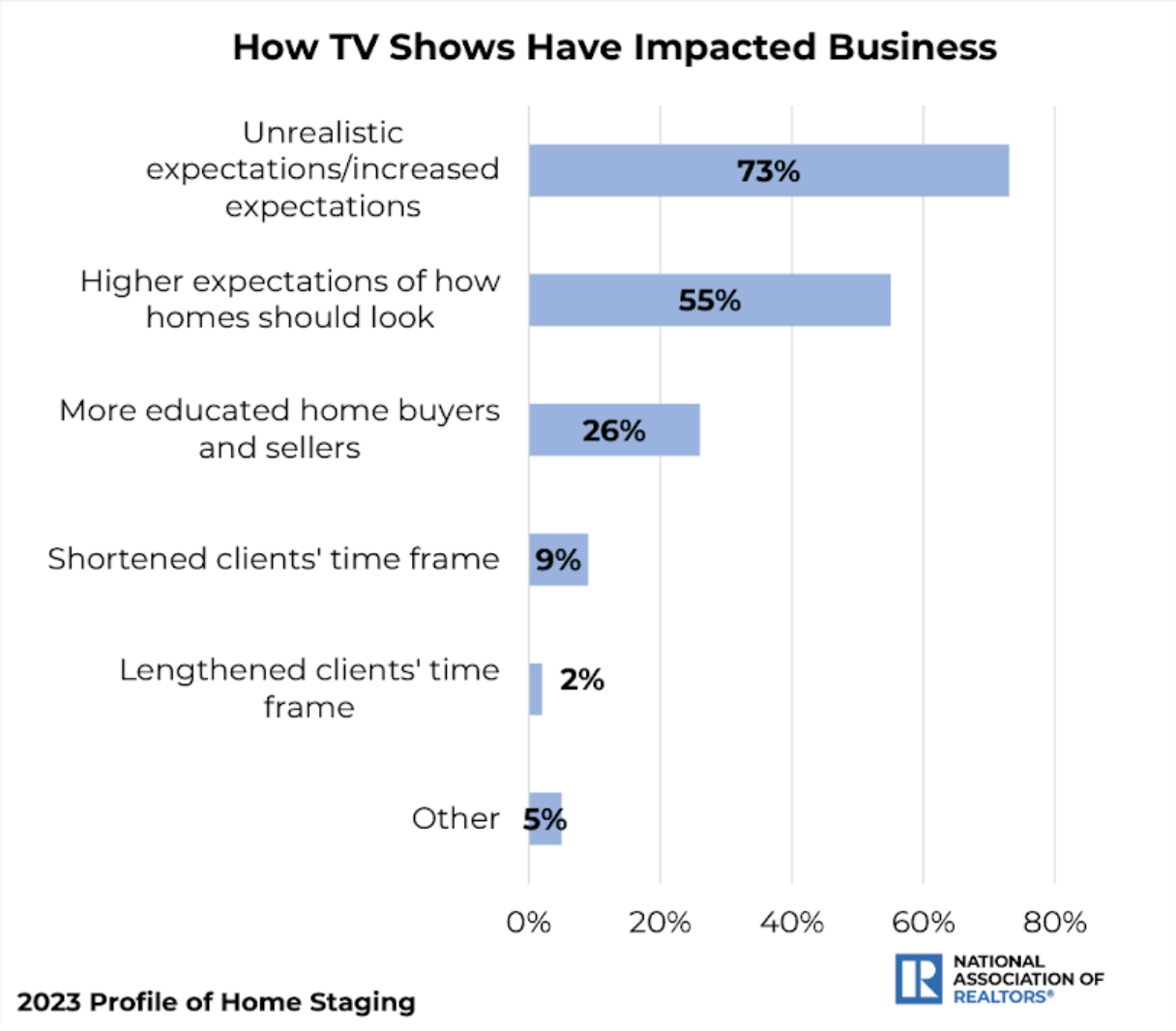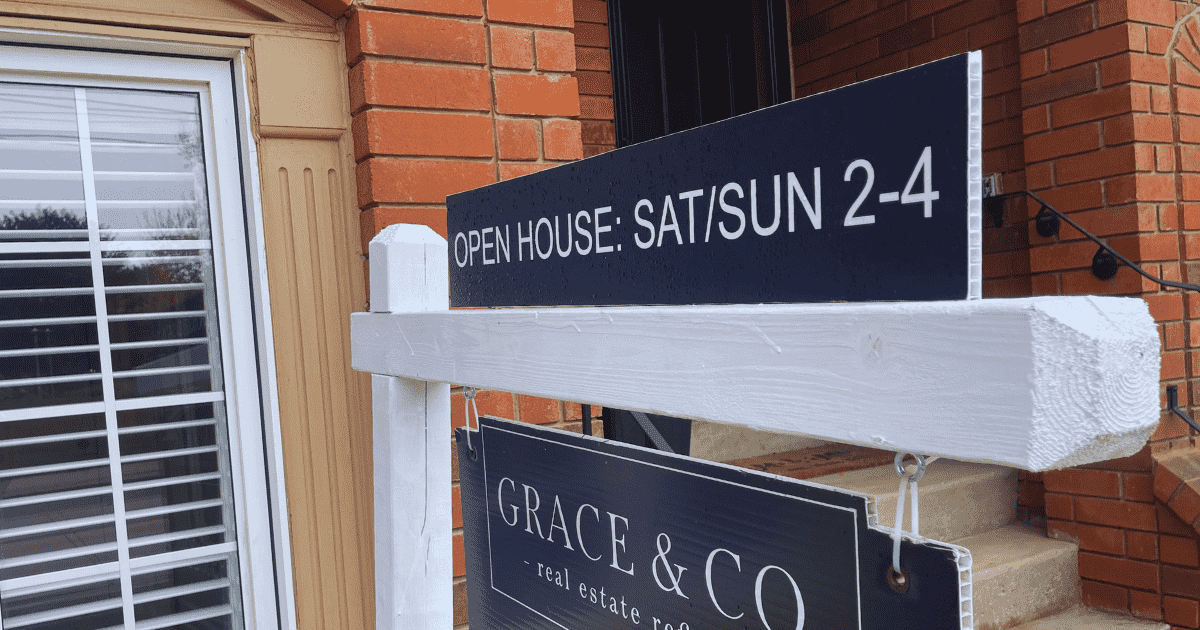Welcome to Ask A Stager, your regular staging advice column designed exclusively for real estate professionals. Whether you’re grappling with how to enhance the visual appeal of your listings or seeking innovative strategies to captivate your target audience, you’ve come to the right place. Ask A Stager offers you the opportunity to pose any and all staging-related questions and receive expert advice, for free.
No query is too big or small — if it’s about elevating the look of your real estate, we want to hear it and we want to help! Email your questions to ninadoiron@isodesign.ca
In this week’s column, we’ll answer two important topics: what exactly goes into home staging costs, and whether the seller or agent should cover those costs. Take a look.
1. What factors contribute to home staging costs?
In the competitive world of real estate, staging has become a crucial tool for sellers looking to maximize the appeal and value of their properties. However, some may question the cost associated with professional staging services. Let’s delve into the details of what goes into the cost of home staging.
Consultation and planning. The process begins with an initial consultation where the stager assesses the property, discusses goals with the homeowner and develops a staging plan tailored to the property’s unique features and target market. This stage involves expertise in design principles, knowledge of current market trends and an understanding of buyer psychology.

Furniture and accessories. One of the most significant costs of staging involves curating furniture and accessories to enhance the visual appeal of the property. This includes sofas, chairs, tables, rugs, artwork, lighting fixtures and decorative items. Furnishing selections are carefully curated to complement the style of the home and appeal to the target demographic.
Vacant homes demand a higher quantity of furniture and accessories compared to occupied ones. Expenses vary based on factors like the quantity, style and size of furnishings and accessories tailored to each property’s needs. The staging inventory brought into a home can amount to tens of thousands of dollars due to the sheer volume of products involved.
Transportation and logistics. Getting furniture and accessories to and from the property requires transportation and logistics coordination. Stagers must factor in the cost of labour, delivery, setup and removal of items, as well as a vehicle to transport the staging inventory.
Staging execution. On staging day, the staging team transforms the property, arranging furniture and accessories to highlight its best features and create a cohesive look. This process requires skill, creativity and attention to detail to ensure every room is visually appealing and inviting.

Professional expertise. Behind the scenes, stagers invest in ongoing training, education and certification to stay abreast of industry best practices and trends. Their expertise in design, marketing and psychology allows them to effectively stage properties for maximum impact.
Overhead. Like any business, staging companies incur expenses such as insurance, warehousing, transportation vehicle(s), labour, staging inventory, utilities, marketing and administrative costs. The staging industry is a capital-intensive business and these overhead expenses are factored into the overall cost of staging services.


A word on return on investment (ROI)
While the upfront cost of staging may seem significant, it’s essential to consider the potential ROI for sellers. According to the National Association of Realtors (NAR) 2023 Profile of Home Staging report, 81 per cent of buyers’ agents agreed that staging made it easier for buyers to visualize the property as their future home, and 20 per cent of buyers’ agents reported a price increase of 1-5 per cent for staged homes compared to similar unstaged homes.
The cost of home staging may vary depending on factors such as the size of the property and the level of staging and inventory required, but it’s important to recognize the value staging brings to the selling process. Staging is marketing. By investing in professional home staging services, sellers can enhance the marketability of their properties, attract more buyers and ultimately achieve a faster and more profitable sale.
2. Who should foot the bill for home staging, seller or agent?
Home staging has become more of a standard marketing tactic in the fast-paced world of real estate sales — after all, marketing homes is not only competitive but is now driven by buyers’ desires for what they see on television:

As this continues, the question of who should cover the cost of staging often arises. Should it be the seller, who stands to benefit from a higher sale price? Or should it be you, the agent, who wants to ensure a smooth and successful transaction? Let’s explore the perspectives from both sides.
Getting past initial resistance
For many sellers, the idea of investing in staging can be daunting. After all, they’re already investing in the pre-sale preparation which could include painting, kitchen and bathroom updates, flooring, etc. and the thought of spending more money upfront might not be appealing. However, I recommend that you emphasize to sellers that staging isn’t just an additional expense — it’s an investment in maximizing the value of their property.
From the agent’s perspective, suggesting staging to sellers can sometimes be met with resistance. Some agents may worry about broaching the subject, fearing that it could strain their relationship with the client or lead to objections about the cost.
However, it’s crucial for you to approach the topic tactfully and convey the tangible benefits that staging can offer, such as faster sales and higher selling prices. In this instance, it may be beneficial to invite your professional stager to participate in the listing presentation where they can help you to persuade the sellers on the value and benefits of professional home staging. Sellers may often be more open to the suggestions of the staging pro.

Photo credit: Nina Doiron
Who should ultimately foot the bill for staging?
While there’s no one-size-fits-all answer, it’s essential that you have open and honest conversations with your clients about the potential costs and benefits of staging. In some cases, sellers may be willing to cover staging expenses upfront, especially if they understand the positive impact it can have on their home’s saleability.
When you choose to include staging as part of your marketing strategy, you can negotiate with sellers to cover the upfront staging costs. But be sure to set your commissions to account for this expense. This way, you can still benefit from higher commissions while offering an attractive package to potential clients.
Ultimately, the decision of who pays for staging should be based on the unique circumstances of each transaction and the mutual agreement reached between the seller and the agent. I stand by my opinion that the home staging investment should be covered by the seller, as they stand to gain the greatest financial benefit from staging.
However, I have experienced and observed that more and more agents are paying for the staging investment. Don’t be afraid to ask sellers to cover staging costs upfront while you contribute a portion or all of the investment at closing. This approach ensures a win-win situation for both parties.
Got home staging questions for a future column? Submit them to ninadoiron@isodesign.ca

Award-winning Certified UltimateStager, redesigner and owner Nina Doiron is the principal at iSO Design. She provides an objective and experienced eye to attract more buyers and help sell for top dollar. She will also help you declutter and get organized. She says she will “inspire redesign ideas so that you’ll fall in love with your home again.” Call 416-993-0131.














Thank you for the excellent article Nina.
As listing brokers my partner and I always offer a consultation with our stager. Then it is up to the seller to implement a plan and budget for staging or not.
No matter how beautiful and well-maintained a home is, it is great to get an unbiased professional opinion on how to improve its flow, lighting, etc.
Staging can also help the sellers decide what furniture, accessories, etc., they could discard and what they would need to take to their new home.
There is no question in my mind that staging will help the home sell more quickly and at the best price. First impressions are crucial.
Hi Jozien,
Thank you for the comment. I’m so pleased to hear that you are in agreement and are applying all the right strategies to provide your clients with the necessary support to ensure that the final product shows beautifully for a more successful transaction. Bravo! If you have any lingering questions, please share it with me. I would love to provide you and your colleagues with guidance through my ‘Ask a Stager’ column.